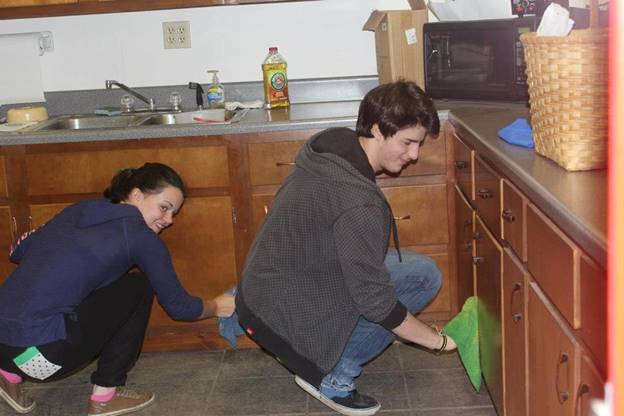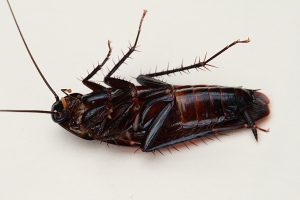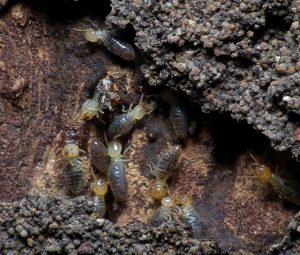
Fleas are tiny, dark brown insects. They have no wings, but possess strong legs that enable them to jump incredibly far. They often reside in places which are sheltered from direct sunlight. Animals with furry coats are ideal hosts for fleas. Pets that live in your garden are likely to struggle with flea infestations. Fleas can easily be carried into your house by your pets. Once fleas have entered your home, you must take action. A simple search on the internet will reveal numerous ways to deal with fleas. We’ve made this easier for you by giving you a comprehensive guide to getting rid of fleas.
Treating Flea-Infested Pets

In order to eliminate all fleas, you must promptly address the source of the fleas. This is most likely your pets. Dogs and cats are especially prone to flea infestations . There is no use in killing fleas in carpets and sofas while fleas are still being carried inside by your pets. Look for flea-control products for pets, such as flea combs, flea shampoos and flea sprays. After treating your pets, you should keep them away from flea-infested areas.
Cleaning Your House

Re-organize things like boxes, shoes and papers to clear the floor. This will make cleaning and vacuuming easier. Gather together removable items such as carpets, rugs, pillows, mats, cushions and pet bedding. Wash or dry clean these items at a high temperature. Use the vacuum cleaner to target hidden corners and carpets. Sprinkle some salt or baking soda on the carpet before thoroughly vacuuming it. Once vacuuming is complete, seal the vacuum bag and throw it away. This will prevent flea eggs and larvae from growing into adults and re-infest the house.
Flea Foggers
If your house is heavily infested, chemical products such as flea bombs and flea foggers should be used. These contain a kind of chemical pesticide, so it is best to keep children and pets far away from the treated areas. Instructions on how to apply the flea fogger should be read carefully. Protect yourself with gloves, a mask, and protective clothes. Furniture and obstacles should be cleared prior to fogging, so that all corners of the room are fogged. Leave the house after using the flea fogger for about 8 hours before cleaning and vacuuming.
Preventative Measures
Tidy your house and outside areas frequently. Mow the grass, prune shrubs, and clear fallen leaves and debris. Take good care of your pets and keep them clean. You could also consider planting herbal shrubs, such as peppermint or lavender shrubs, as these repel fleas.
By following these tips, we’re sure that you will be able to eliminate fleas from your home in a short space of time.






